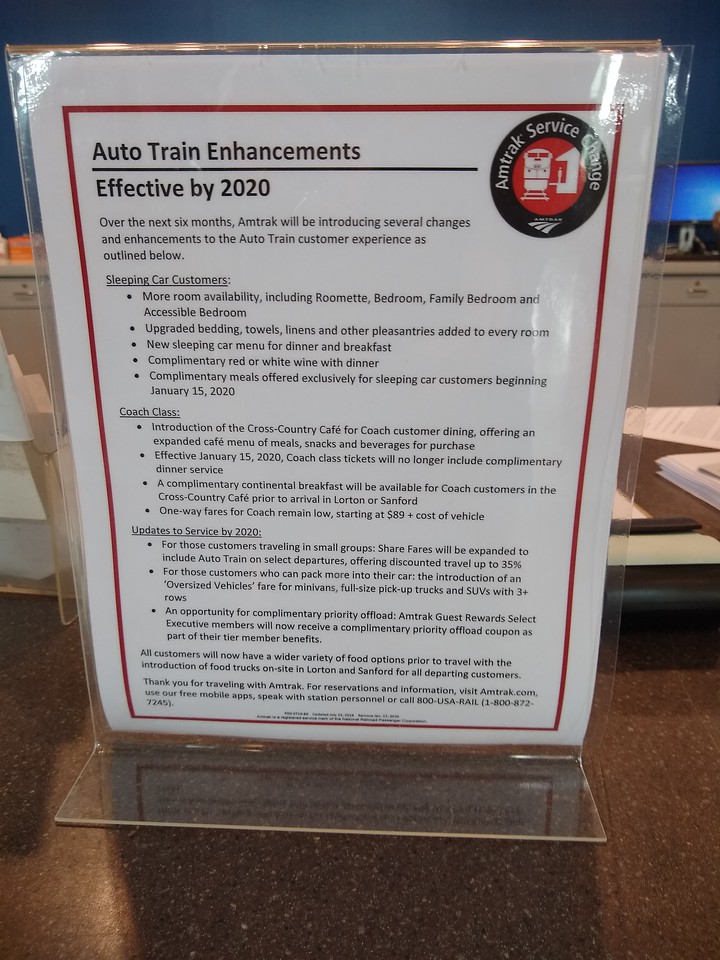Yes and no. There's been a raging question as to whether Anderson has good data to make decisions on, and that is an issue. Arguably it's at the crux of this whole fiasco, since if Anderson is seeing Amtrak mark down $50-60 in "revenue" for a meal on the Acela versus $35-40 for a meal on the Meteor and he's catching hell for what's going on with the LD trains, it's going to create a bias in his decision-making process.
Now, whether Amtrak's internal accounting strictly follows GAAP or it is designed otherwise so as to give management an accurate picture of what's going on in the company? There are always multiple ways to account for distributing costs (and more than one valid way in many cases). But it seems entirely plausible that, in dealing with an mandate (and an insane one at that), something wonky might need to happen since I definitely get the feeling that some Congresscritters don't have a terribly realistic view on how certain things do/should work. The question is whether the cocked-up accounting is something that's being done to work around externally-induced insanity or whether it is a product of internal views and the like.
(To be clear, the inventory sheet should, in my view, be indicating either the retail cost of the item(s) in question or the cost to Amtrak of said items. Thinking this through, if Amtrak then adds a burden on them, they should do so after that. Frankly, this feels like it might be at the root of the F&B mess if Amtrak is burdening the sales twice (once at inventory and then a second time later on).)

























































